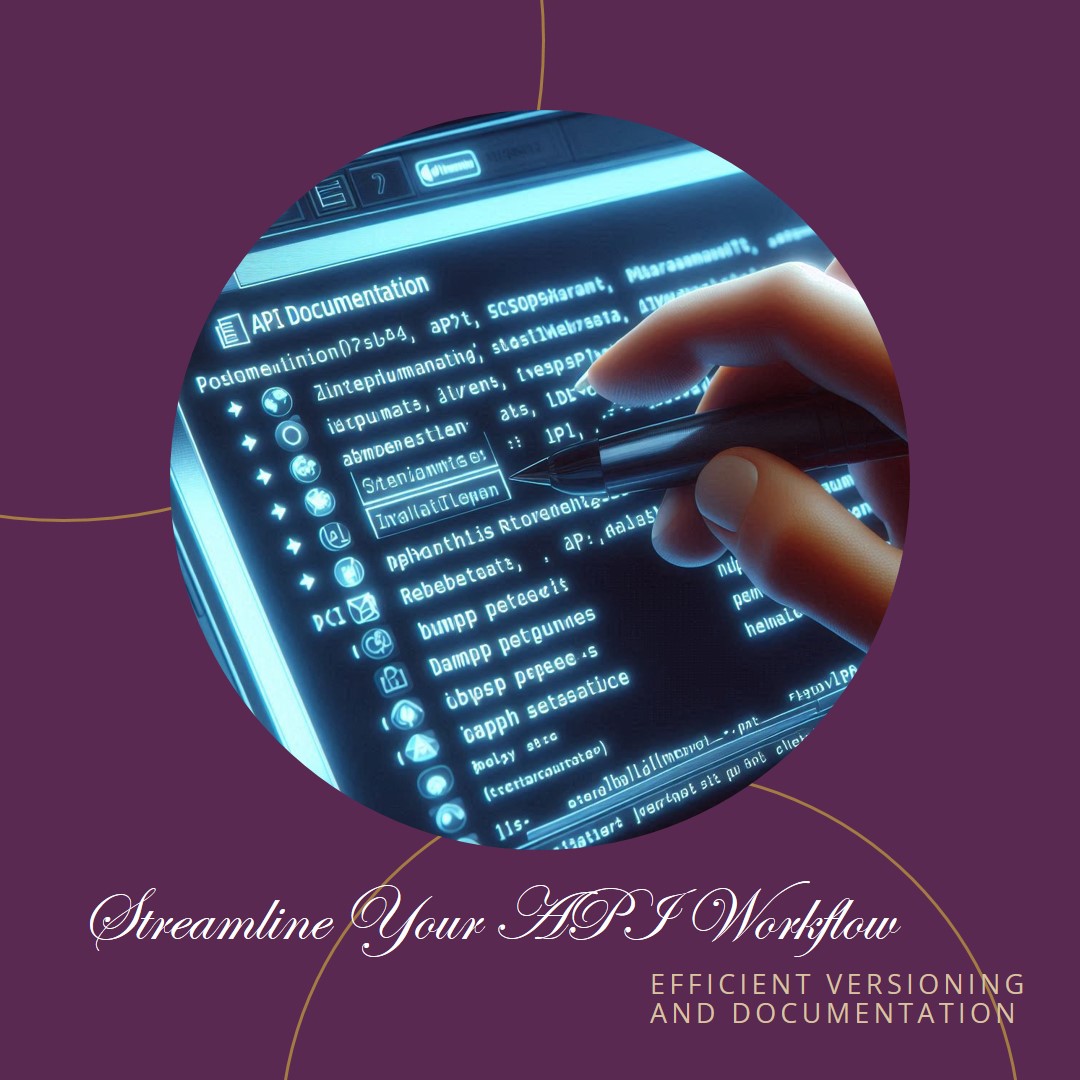Versioning and Documentation for APIs
As APIs evolve, it’s crucial to manage changes effectively to ensure that existing clients continue to function properly. This is where API versioning and documentation come into play. In this post, we’ll explore the importance of API versioning and how to document your APIs using popular tools like Swagger/OpenAPI and Postman.
1. API Versioning
API versioning is essential for maintaining backward compatibility when introducing changes to your API. By versioning your API, you allow clients to continue using older versions while new features or improvements are developed in newer versions.
Example of API Versioning
Here’s an example of how to implement API versioning in an Express app:
const express = require('express');
const app = express();
// Version 1 of the API
app.get('/api/v1/users', (req, res) => {
res.json([{ id: 1, name: 'John Doe' }]);
});
// Version 2 of the API
app.get('/api/v2/users', (req, res) => {
res.json([{ id: 1, name: 'John Doe', email: 'john@example.com' }]);
});
// Start the server
app.listen(3000, () => {
console.log('Server started on http://localhost:3000');
});
Line-by-Line Explanation
const express = require('express');
Imports the Express framework to create a web server.const app = express();
Initializes a new Express application.app.get('/api/v1/users', (req, res) => { ... });
Defines a GET route for version 1 of the API, returning a list of users.app.get('/api/v2/users', (req, res) => { ... });
Defines a GET route for version 2 of the API, which returns additional user data (email).app.listen(3000, () => { ... });
Starts the server on port 3000 and logs a message indicating the server is running.
2. API Documentation
Clear and concise documentation is vital for developers who will consume your API. Tools like Swagger/OpenAPI and Postman make it easier to create and maintain comprehensive API documentation.
Example Using Swagger/OpenAPI
To document your API with Swagger, you can use the swagger-jsdoc and swagger-ui-express packages.
First, install the necessary packages:
npm install swagger-jsdoc swagger-ui-express
Then, set up Swagger in your Express app:
const express = require('express');
const swaggerJsDoc = require('swagger-jsdoc');
const swaggerUi = require('swagger-ui-express');
const app = express();
// Swagger definition
const swaggerOptions = {
swaggerDefinition: {
info: {
title: 'My API',
version: '1.0.0',
description: 'API documentation example',
},
servers: [
{
url: 'http://localhost:3000',
},
],
},
apis: ['./api.js'], // Path to the API docs
};
// Initialize Swagger JSDoc
const swaggerDocs = swaggerJsDoc(swaggerOptions);
app.use('/api-docs', swaggerUi.serve, swaggerUi.setup(swaggerDocs));
// Sample API endpoint
/**
* @swagger
* /api/v1/users:
* get:
* summary: Get users
* responses:
* 200:
* description: A list of users
*/
app.get('/api/v1/users', (req, res) => {
res.json([{ id: 1, name: 'John Doe' }]);
});
// Start the server
app.listen(3000, () => {
console.log('Server started on http://localhost:3000');
});
Line-by-Line Explanation
const swaggerJsDoc = require('swagger-jsdoc');
Imports the Swagger JSDoc package for generating API documentation.const swaggerUi = require('swagger-ui-express');
Imports the Swagger UI middleware to serve the generated API documentation.- Swagger Definition:
Defines the Swagger options, including API information like title, version, description, and server URL. const swaggerDocs = swaggerJsDoc(swaggerOptions);
Initializes Swagger documentation based on the defined options.app.use('/api-docs', swaggerUi.serve, swaggerUi.setup(swaggerDocs));
Sets up a route to serve the Swagger UI, allowing access to the generated API documentation.- API Endpoint Documentation:
Uses JSDoc-style comments to document the/api/v1/usersendpoint, including a summary and response descriptions. app.get('/api/v1/users', (req, res) => { ... });
Defines the actual endpoint for retrieving users, matching the documented API.



